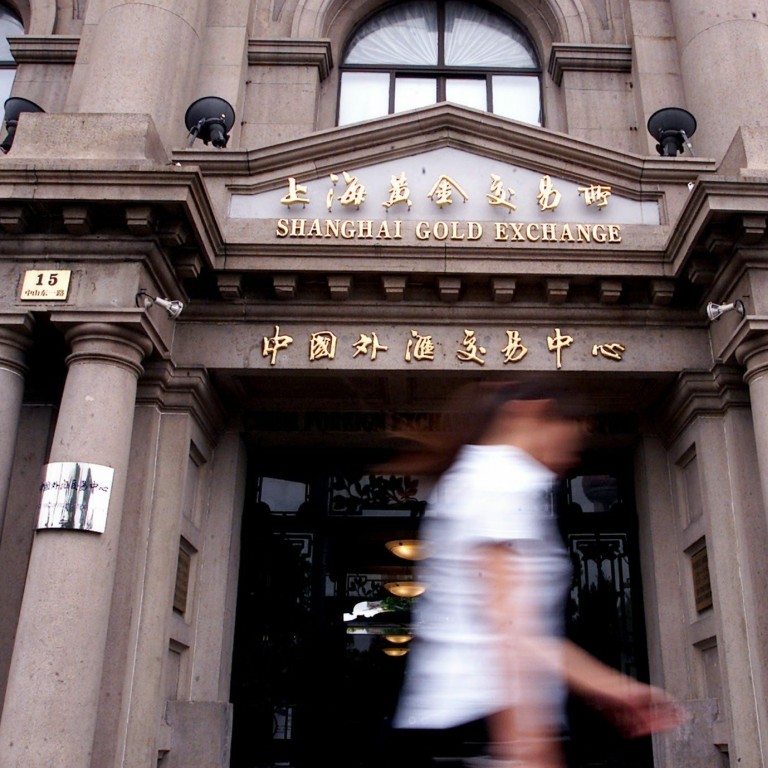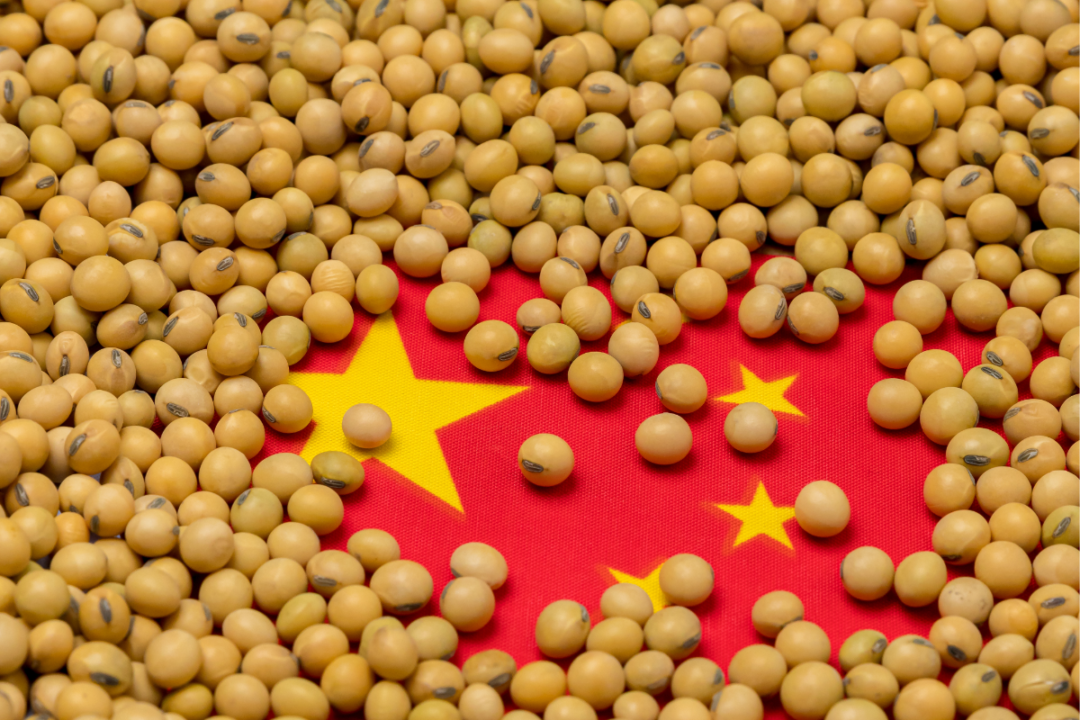We expect robust global growth of 4 percent this year, the strongest in five years, as economic fundamentals have remained solid.
However, our optimism is dampened somewhat due to a number of tail risks that could eventually undermine confidence in the major economies, which have so far been resilient in the face of political risks.
We are closely monitoring three main risks to global growth: the consequences of a US-China trade war, the sensitivity of the global economy to an oil price shock; and the consequences of the quantitative easing (QE) era ending.
Potential Impact Of US-China Trade War
China’s economic and political relationship with the US is the most important one in the world today. We believe that both sides want a ‘win-win’ solution to the trade dispute, which will result in even more trade and investment between the two economic powers.
Of course, such an outcome is by no means assured. We estimate that additional US tariffs of 25 percent on USD 50bn of Chinese goods could cause those exports to slump 40 percent over 12 months, equating to roughly a 0.15 percent decline in China’s GDP.
The tariff impact would hurt other Asian countries in China’s supply chain; we estimate that 1.8 percent of Taiwan’s exports could be affected by a US-China trade war, 1.2 percent for Malaysia and Singapore, 1 percent for Vietnam and 0.9 percent for Korea.
However, some of these same countries might benefit from the US-China trade dispute by displacing China’s exports to the US.
“Companies should think about diversifying the location of their production and supply chain.”—David Mann
Nevertheless, while some countries might benefit from this trade spat, allowing it to escalate into tit-for-tat anti-trade measures is a net negative for the global economy, even if it only lasts for a brief period. What can companies do? In a word, prepare as they might for a natural disaster. Given the uncertainty over whether the worst-case scenario may materialize, companies should think about diversifying the location of their production and supply chain as much as possible.
Oil Price Shock A Concern
An oil price shock is another growing threat to the global economy. We had previously expected crude oil prices to remain in a ‘Goldilocks’ range throughout 2018 – low enough to avoid a global recession, but high enough to meet the fiscal breakeven levels of most oil-producing countries.
However, our Commodities Research team expects oil demand to outpace non-OPEC supply growth in 2018, partly due to increasing demand in an expanding global economy, but also because geopolitics is also impacting supply. Can producers fill that gap? The assumption that US shale oil producers could rapidly boost output is being tested by shortages of labor, sand, water, power and road capacity in key production areas. The vulnerability of the oil market to a supply shock-led price spike is rising sharply throughout the second half of 2018.
QE Affecting Emerging Markets
The end of the QE era remains a key risk. The most aggressive period of QE – as measured by the combined balance sheets of the US Federal Reserve (Fed), the European Central Bank (ECB) and the Bank of Japan – took place in 2016 and 2017.
The ECB confirmed that it will fully end its QE program by the end of 2018. Its latest forward guidance delayed the first interest rate hike until after summer 2019 – later than expected. This has weighed on the euro, adding to upward US dollar pressure in emerging markets that are already feeling the brunt of tighter US policy and risk-averse sentiment due to rising trade-war risks.
We saw a hawkish tilt from the Fed at its June meeting, suggesting that our US monetary policy expectations – which are already more aggressive than consensus – may become even more hawkish in the coming months. The risk is not a faster pace of hiking, but that clockwork-style quarterly hikes will need to continue beyond mid-2019.
As the US continues to tighten monetary policy, financial conditions around the world are also tightening, affecting markets around the world. The question is which countries would be most affected by broad-based outflows from emerging markets. We find that Turkey is the most vulnerable, based on the combination of its current account balance, inflation and external vulnerability indicator. External market pressure has already prompted tightening by central banks that may otherwise have kept policy unchanged, including in India, Indonesia, Turkey, and Argentina.
Risks Persist, Optimism Remains
Markets will have plenty to contend within the coming months, from US-China trade tensions to higher oil prices and a hawkish Fed, with all that entails for emerging markets. Nevertheless, we stress that economic fundamentals remain in good shape and we are maintaining our broadly optimistic view on world growth for 2018-2019. Beyond 2020, we may have more reason to expect a global growth slowdown.








